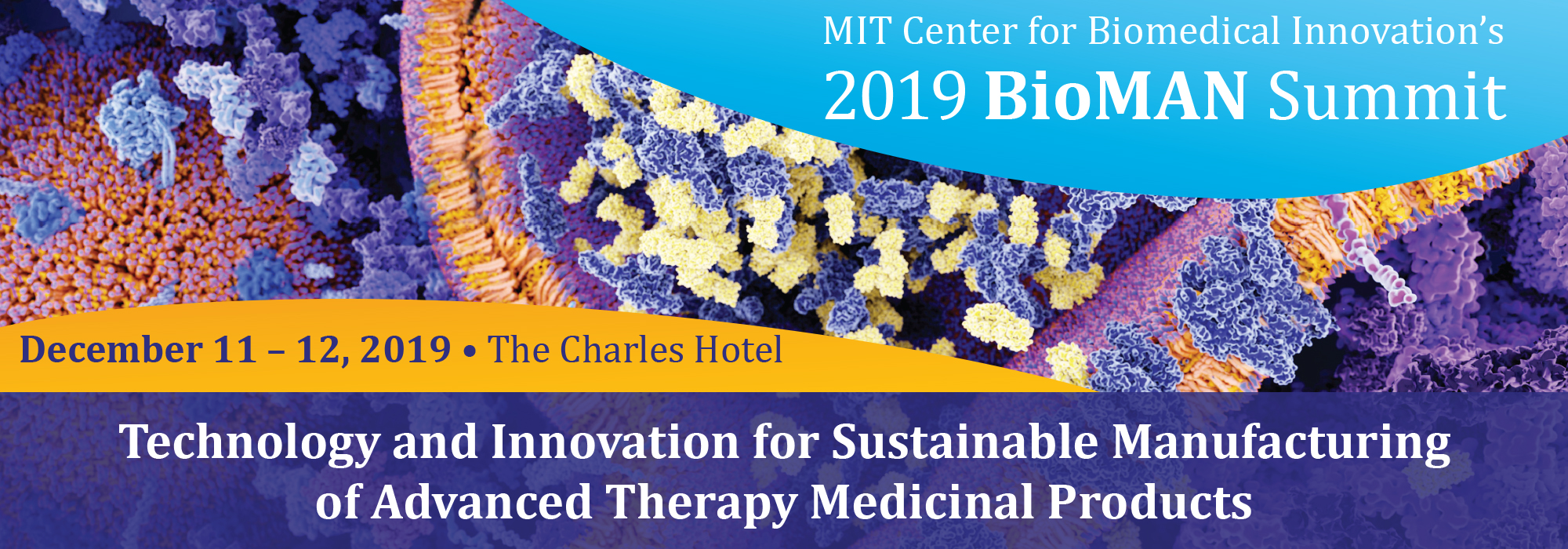Presentation Abstracts |
 |
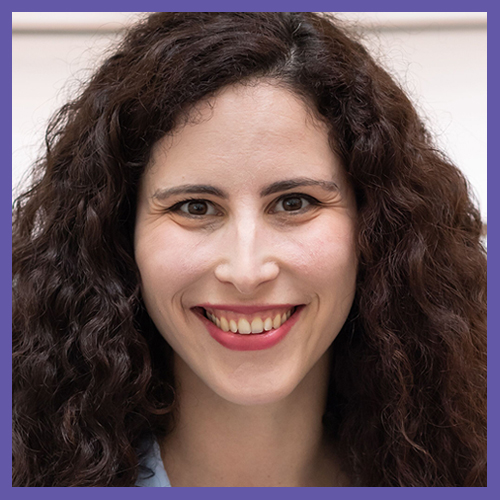
|
Cátia Bandeiras view bio | back to agenda
PhD Graduate in Early Health Technology Assessment of Stem Cell Therapies, MIT Portugal Program in Bioengineering
Early Health Technology Assessment of Stem Cell Therapies: Applications for Type 1 Diabetes
Stem cell based therapies have been sought after for several clinical indications. In the case of pluripotent stem cells (PSC), they can be directly differentiated towards specific cell types for regeneration of impaired functions. Similar to other cell therapies, stem cell therapies will face reimbursement challenges related to the uncertainty around the long-term economic and clinical outcomes of the therapy, and the high list prices proposed. One of the drivers for the high prices of cell therapies is the high manufacturing costs, driven by the low manufacturing scale, the costly manufacturing components, and long process times. Aiming at providing cues for sustainable development of stem cell therapies, an early health technology assessment approach, combining bioprocess modeling and long-term cost-utility analysis, was developed. The application of this framework to the development of stem cell-derived beta-cell loaded devices for type 1 diabetes management will be presented. The modeling of the bioprocess and the calculation of the costs of goods highlights steps for process improvement. These costs of goods were used to derive prices for a long-term cost-utility analysis, comparing the stem cell-based therapy with intensive insulin therapy. This analysis provides indications for precision and personalized medicine in type 1 diabetes. |
 |
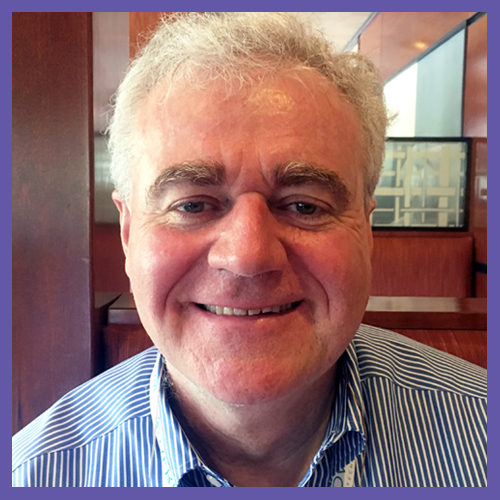
|
Maurizio Cattaneo view bio | back to agenda
Chief Executive Officer and Founder, Artemis Biosystems
Continuous Perfusion for Scaling Up Lentiviral Vector Production using Transient Transfection and Stable Producer HEK293 Cell Lines
Lentiviral vectors (LVV) represent a key tool for gene and cell therapy applications. The production of these vectors in sufficient quantities for clinical applications remains a barrier, driving the field towards the development of cell suspension processes which are more amenable to large scale production. The HEK293 cell line grows well in suspension at cell densities up to 80 million cells/mL thus offering direct scalability in a process intensification mode. Transient Transfection at high cell density is used to produce the initial clinical trial lot, followed by the generation of a stable producer cell line for further clinical and commercial manufacturing. The Lentiviral vector is continuously harvested to maximize the utilization of plasmids in transient transfection mode and increase LVV yields. In all perfusion runs harvests were collected and the LVV-containing supernatant could potentially be purified in an integrated continuous biomanufacturing mode. This study demonstrated that LVV production using a novel and scalable perfusion process increased viral vector titers by at least an order of magnitude compared to batch production and reached a cumulative total yield of 6.25 x 10^11 TU/L bioreactor culture. This continuous perfusion approach using initial transient transfection followed by a stable producer cell line can overcome the current bottleneck in viral vector production. |
 |
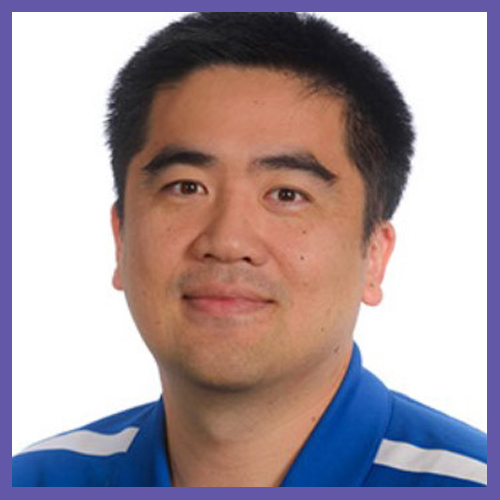
|
Keen Chung view bio | back to agenda
Principal Scientist, Pall Biotech, Pall Corporation
Process Control Strategy to Mitigate Contamination Risk of an Aseptic Viral Vector Production Process
There is great momentum and excitement in the field of gene therapy with an increasing number of clinical programs moving to later-phase clinical trials and towards market approval. The manufacturing process for viruses poses new challenges for process development and for regulatory authorities tasked with assuring quality, efficacy and safety of the final product. Release testing of final virus product is dictated by a series of FDA-established requirements and predetermined specifications to determine safety, purity, concentration, identity, potency, and stability of the product. Safety assessments include product contaminants and product-related impurities. It is critical to ensure that the viral vector product is free of unintended viruses. Regulatory guidance documents suggest that the risk of adventitious agent contamination should be assessed and mitigated through a tripod strategy: 1. Preventing entry of contamination into the production processes by eliminating contaminants by incorporating virus and bioburden removal steps into the viral vector production and purification process. 2. Reducing the manipulation process step and 3. Implementation of engineering solutions such as single use closed manufacturing systems |
 |

|
Dominic Clarke view bio | back to agenda
Global Head of Cell Therapy, HemaCare Corporation
Key Challenges in Translating Cell and Gene Therapies from Development to Clinical Manufacturing
Cell and gene based cellular therapeutics have demonstrated exceptional growth and have the potential to address many unmet medical needs. While recent regulatory approvals have fueled industry excitement, several challenges still persist in developing robust, scalable processes to support clinical and commercial manufacturability. It’s important to develop a robust process which reduces or eliminates variability. Variability effects product efficacy, process scalability and cost and for CGTs, consistency and reliability of raw (including the starting or source) materials is perhaps the most critical variable to consider. Raw material sources can vary significantly during development and even as part of early-phase clinical trials. Early on, many of the sources are determined based on cost or ease of access and are perfectly acceptable for small-scale development applications. Unfortunately, many of these critical materials lack the quality or the availability necessary to support later-phase clinical and commercial GMP manufacturing requirements. Given the complex needs and high demand of raw materials for CGT success, it’s important develop a robust supply chain early to avoid delays, costs and potential product failures. The International Society for Cell & Gene Therapy (ISCT) Process and Product Development Subcommittee (PPD) has been actively involved over the years in evaluating the challenges in the CGT industry with a common goal of collaborating to educate and advance the field. This presentation will focus on some of the key challenges in translating CGTs and the importance of establishing early collaborative efforts for successful clinical and commercialization. |
 |
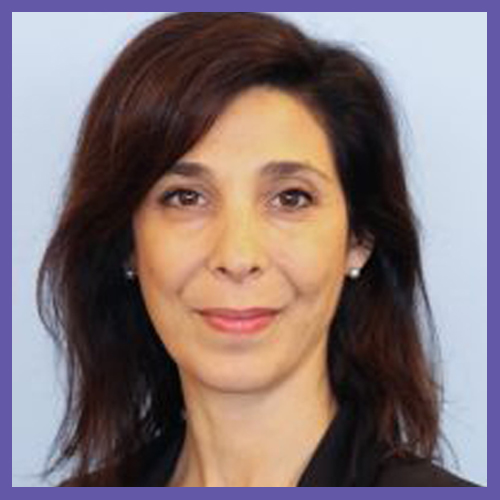
|
Rena M. Conti view bio | back to agenda
Associate Research Director of Biopharma & Public Policy, Questrom School of Business, Boston University
New Cures Require New Pricing Policies
Payers and pharmaceutical companies in the United States are interested in innovating on current prescription drug reimbursement models. There are new opportunities with great promise to further increase affordability and access to novel biopharmaceutical based care. In this session, I argue new cures require new pricing policies. First, I will review the economic rationale and implementation status of one of the most important and innovative models currently implemented in the US, the state of Louisiana’s Hep C subscription model. Second, I will comment on the economic rationales, implementation opportunities and challenges, possible roles for policy reform and likely health, wealth and equity outcomes proposed by these models. The goal of this session will be to define for the BioMAN audience key opportunities and challenges to pursuing innovative prescription drug pricing models. |
 |
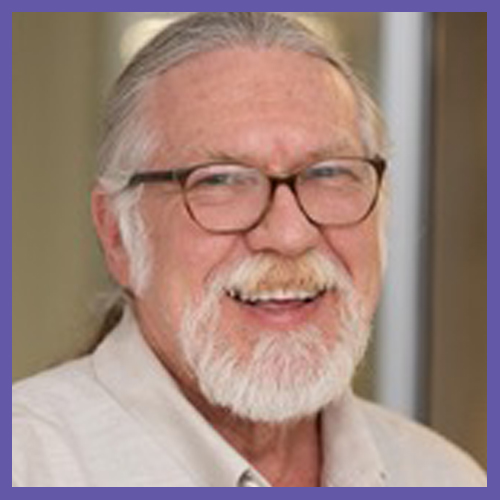
|
Robert Deans view bio | back to agenda
Chief of Innovation, BlueRock Therapeutics
iPSC Derived Therapeutics – Development Boundaries and Next Generation Toolkits
Harnessing the power of the developmental code to make specialized cell products from pluripotent stocks can be harnessed with the ability to read and write the genetic code to render a new generation of cell + gene therapy products. BlueRock is employing single cell profiling tools to analyze and build next generation bioprocesses and overcome roadblocks and high costs in producing differentiated products. BlueRock and others are exploring genome engineering strategies to ablate immune recognition and enable broad allogeneic use. A profile and strategy for next generation cell therapeutics will be discussed. |
 |
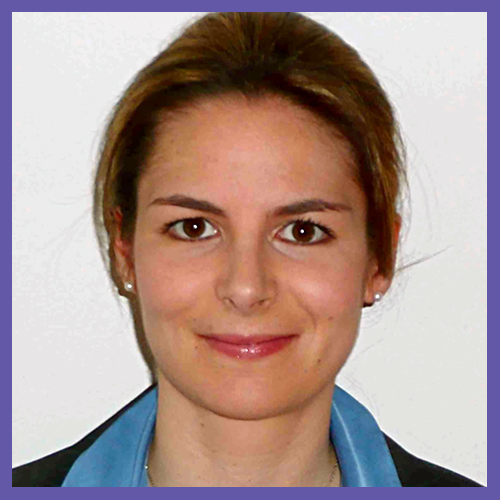
|
Maya Fuerstenau-Sharp view bio | back to agenda
Global Manager Marketing, Regenerative Medicine, Sartorius Stedim
Rapid, Real Time Quantification of Lentivirus Particles Using Antibody-Based Detection on the Virus Counter® 3100
Lentiviral vectors (LVs) are effective gene delivery vehicles that have been successfully used in cell and gene therapies. As of today, minimizing the loss of viral particles during purification and accessing more suitable and reliable assays for viral particle quantification are the two main challenges encountered by the industry in the production of LVs. Reliable, fast and precise enumeration of the total particle count of gene therapy vectors is critical in minimizing the risk of adverse immune responses in patients as well as to better understand and optimize production processes. Currently, quantification of LV particles is reliant on error-prone, time-consuming, and costly methods such as ELISA and qRT-PCR. Here we demonstrate that the Virus Counter® instrument in combination with the antibody-based ViroTag® VSV-G reagent, which utilizes serotype-specific fluorescently labeled antibodies with high affinity for intact LV particles expressing the VSV-G epitope, can offer an alternative to these methods. This allows for faster and more precise quantitation of total LV particles. |
 |
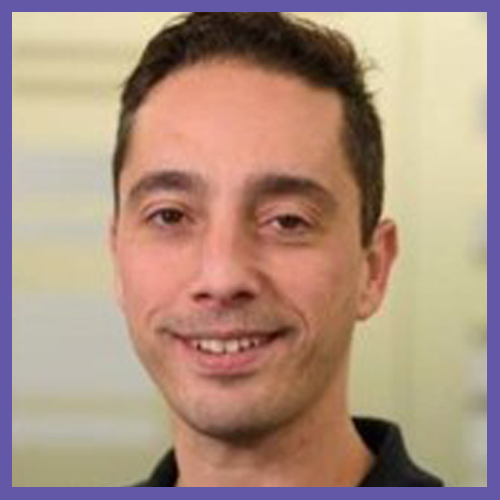
|
Demetrios Kalaitzidis view bio | back to agenda
Director, Immuno-Oncology, CRISPR Therapeutics
Single-Cell RNA Sequencing and Functional Assessment of Healthy Donor- and Cancer Patient-Derived T and CAR-T Cells
Autologous chimeric antigen receptor T (CAR-T) cell therapies have shown remarkable success in treating relapsed/refractory B-cell malignancies. However, even in indications with high complete response rates, not all patients respond or have durable responses after CAR-T treatment. Furthermore, autologous CAR-T treatments have not yielded the same impressive outcomes in solid malignancies to date. A major limitation of autologous CAR-T therapy may be the dysfunctional state of a patient’s T cell populations used for manufacturing of a drug product. Allogeneic therapeutics can bypass this limitation by enabling the use of healthy donor starting material. Moreover, healthy donor material that exhibits specific T cell attributes can be selected for drug product manufacturing. To identify attributes that can be associated with improved performance of CAR-T cells we have characterized T cells from healthy donors as well as cancer patients, in particular from chronic lymphocytic leukemia (CLL) patients as these have been described previously to be dysfunctional. We show impaired function of cancer patient-derived CAR-T cells when compared to healthy donor-derived cells utilizing both in vitro and in vivo assays. We have performed single cell RNA sequencing (scRNA seq) on both starting material T cells and CAR-T cells from multiple healthy and CLL donors used in functional assays to uncover both gene expression and population differences associated with CAR-T cell performance. scRNA seq analysis revealed marked heterogeneity among starting populations as well as CAR-T lots from the cancer patient-derived T cells. Our analysis has allowed us to associate distinct cellular subpopulation and gene expression profiles with preclinical functional outputs. |
 |
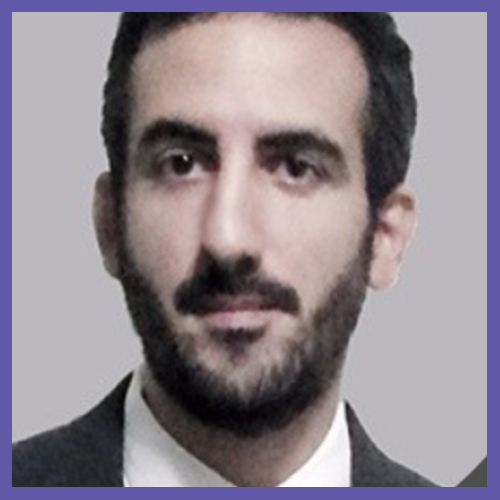
|
Konstantinos Karagiannis view bio | back to agenda
Lead Bioinformatics Engineer, CRISPR Therapeutics
Single-Cell RNA Sequencing and Functional Assessment of Healthy Donor- and Cancer Patient-Derived T and CAR-T Cells
Autologous chimeric antigen receptor T (CAR-T) cell therapies have shown remarkable success in treating relapsed/refractory B-cell malignancies. However, even in indications with high complete response rates, not all patients respond or have durable responses after CAR-T treatment. Furthermore, autologous CAR-T treatments have not yielded the same impressive outcomes in solid malignancies to date. A major limitation of autologous CAR-T therapy may be the dysfunctional state of a patient’s T cell populations used for manufacturing of a drug product. Allogeneic therapeutics can bypass this limitation by enabling the use of healthy donor starting material. Moreover, healthy donor material that exhibits specific T cell attributes can be selected for drug product manufacturing. To identify attributes that can be associated with improved performance of CAR-T cells we have characterized T cells from healthy donors as well as cancer patients, in particular from chronic lymphocytic leukemia (CLL) patients as these have been described previously to be dysfunctional. We show impaired function of cancer patient-derived CAR-T cells when compared to healthy donor-derived cells utilizing both in vitro and in vivo assays. We have performed single cell RNA sequencing (scRNA seq) on both starting material T cells and CAR-T cells from multiple healthy and CLL donors used in functional assays to uncover both gene expression and population differences associated with CAR-T cell performance. scRNA seq analysis revealed marked heterogeneity among starting populations as well as CAR-T lots from the cancer patient-derived T cells. Our analysis has allowed us to associate distinct cellular subpopulation and gene expression profiles with preclinical functional outputs. |
 |
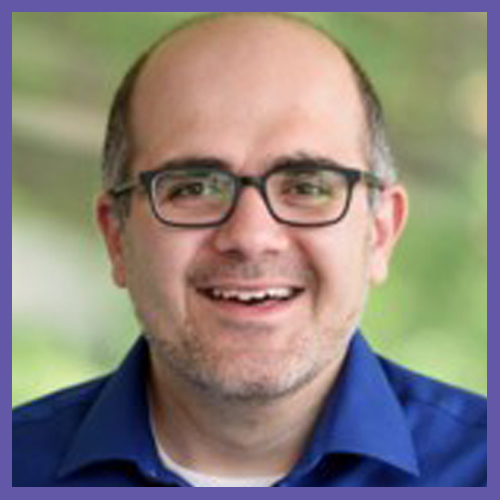
|
Sadik H. Kassim view bio | back to agenda
Chief Technology Officer, Vor Biopharma
Bioprocessing Opportunities for the Next Generation of Immuno-Oncology Targeted Cell Therapies
Adoptive cell transfer (ACT) using chimeric antigen receptor (CAR)‐modified T cells can induce durable remissions in patients with refractory B‐lymphoid cancers. By contrast, results applying CAR‐modified T cells to myeloid derived heme malignancies and solid tumors have been modest. Alternative strategies to redirect T cell specificity and cytolytic function are therefore necessary if ACT is to serve a greater role in human cancer treatments. This talk will discuss strategies for expanding the potential of ACT in cancer and the bioprocessing challenges and opportunities associated with these types of approaches. |
 |

|
Karen Katz view bio | back to agenda
Director, Financing and Reimbursement of Cures in the US (FoCUS) Project, MIT Center for Biomedical Innovation
Precision Financing Solutions for Durable, Potentially Curative Cell and Gene Therapies
The FoCUS consortium includes patients, payers, providers, policy makers, developers and academics jointly working to address the challenges of durable, potentially curative, therapies. Together, we’ve developed various precision financing solutions addressing concentrated upfront costs for long term benefits as well as uncertainties regarding durability and universal effectiveness. This presentation will provide an overview of the FoCUS work, the solutions developed and the challenges faced including Medicaid Best Price, HIPAA and other legal issues, and patient mobility. |
 |
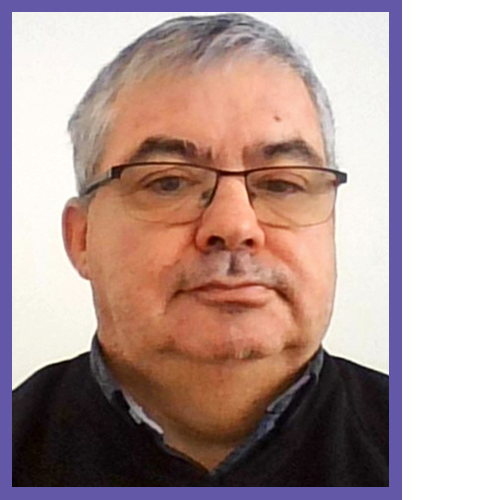
|
René Labatut view bio | back to agenda
Vice President, Head of Biologics Technology Innovation Strategy, Sanofi
Hopes & Challenges to Make Advanced Therapy Medicinal Products Sustainable in the Long Run
Advance therapy medicinal products open an opportunity to leapfrog answers to unmet medical needs in multiple therapeutic areas. This is generating a high level of hope and expectation for global health. These approaches had also raised relevant questions around their economics or even capability to make accessibility a reality for all the relevant patient communities. Behind this global therapeutic tool hide diversity in properties, constraints, assets and hurdles to be overcome. Perhaps some in depth paradigm shift versus our today way of thinking and working will be necessary. Let’s look holistically at the topic and try to figure out how we could better serve the patients. |
 |
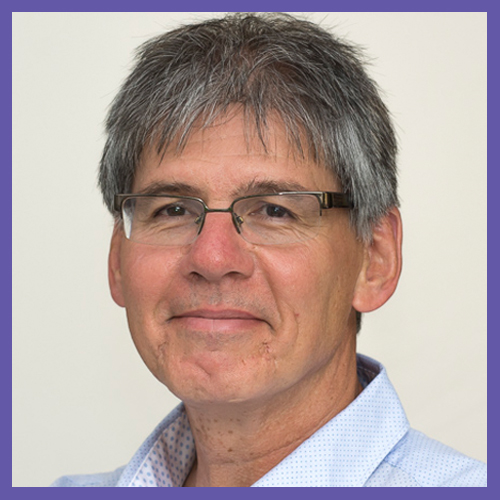
|
Bart Lipkens view bio | back to agenda
Chief Technology Officer, Gene Editing & Novel Modalities, MilliporeSigma
Multi-Dimensional Acoustic Standing Wave Technology for Automated Manufacturing of Cell and Gene Therapies
Acoustic cell processing using an acousto-fluidics platform provides minimal-shear manipulation of cells. The platform has broad applications in the manufacturing of cell and gene therapies. The acoustic radiation force exerted by the ultrasonic standing wave on suspended cells exceeds fluid drag and gravitational forces, resulting in trapping of cells within the acoustic field. The multi-dimensional field creates cell clusters, which upon reaching a critical size are separated from the fluid through enhanced gravitational settling. The acoustic radiation force is inherently size sensitive and has applicability for size differentiation operations. The technology is single-use, continuous, flexible, modular, and scalable. The Acoustic Concentrate Wash (ACW) technology has been used in three-unit operations of cell and gene therapy manufacturing; (1) concentration and washing of 1-2 Liter 1-3 Billion CAR-T cell suspensions, (2) cryoprotectant wash in/out of an apheresis product, and (3) harvesting of iPSC aggregates with separation of single cell contaminants. Cell recoveries range from 85% to >90% as a function of total cell count, collector volume, and operating conditions. Wash efficiencies typically exceed 95%. ACW is a powerful acoustic-based cell processing technology that enables a modular, automation-friendly manufacturing process for cell and gene therapy. |
 |
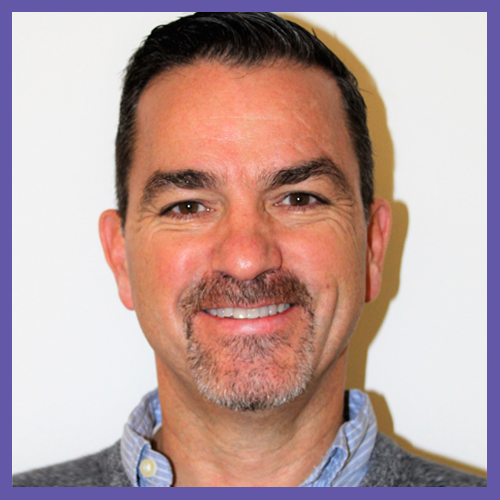
|
Phillip Maderia view bio | back to agenda
Head of Manufacturing Operations, Codiak BioSciences
Complex New Modalities Require Advanced Biomanufacturing Platforms: The Case for Exosome Biotherapeutics
Exosome-based therapeutics are rapidly evolving as a high potential new modality in multiple clinical areas such as oncology, immuno oncology, neurology and tissue regeneration, among others. As these indications involve large patient populations, the implementation of exosome therapeutics requires robust manufacturing processes yielding large quantities of highly purified material. However, the complexity and heterogeneity of exosomes pose significant R&D and manufacturing challenges. Here, we present the successful development of a large-scale manufacturing process using engineered human cells grown in Fed Batch up to 2000L scale or in a high-density continuous culture. The upstream process is followed by a sequence of purification steps yielding material of high purity and quality. Industrialization of this complex new therapeutic modality is well on its way to reaching its full potential. |
 |
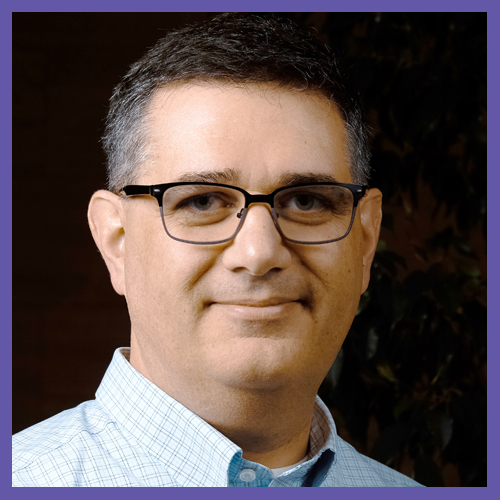
|
John Maga view bio | back to agenda
Senior Director, Process Sciences, Purification Process Development, BioMarin
Strategic Process Development for AAV Gene Therapies
BioMarin has developed a platform process for large-scale production of AAV gene therapy vectors. The process is based on strategic decisions made to address the complexity and risk associated with this emerging field. The production cell line, level of purity, and analytical methods were all chosen to ensure patient safety, product quality, process scalability and robustness. A commercial manufacturing facility was built to enable rapid program development, risk reduction, and IP protection. The platform process has empowered the largest gene therapy program ever conducted, Valrox for treatment of hemophilia A, and allowed rapid advancement of pipeline AAV gene therapy programs. |
 |

|
Scott Manalis view bio | back to agenda
Andrew and Erna Viterbi Professor of Biological Engineering, MIT Koch Institute for Integrative Cancer Research
Measuring Biophysical Properties of Single Cells and Particles with High Precision
This talk will focus on novel microfluidic approaches for measuring physical properties of particles in the 10 nm to 10 mm range and single cells, with particular focus on high precision measurement of mass, mass accumulation rate, density, and stiffness. I will also show how single cells can be collected for single-cell RNA sequencing, allowing biophysical properties to be directly linked to gene expression for each cell. Ultimately, the ability to combine multi-parameter physical with molecular measurements at the single-cell level could not only be used to further understanding of important cellular processes but may also be used to increase the predictive power of clinical diagnostics. |
 |
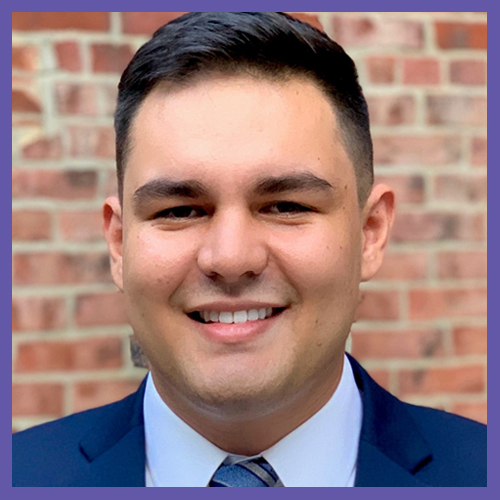
|
Jonathan Salcedo view bio | back to agenda
PhD Candidate, University of Southern California; Visiting Scholar, FoCUS Program, MIT Center for Biomedical Innovation
The Total Direct Age-Specific and Lifetime Costs of Healthcare in Commercially Insured Patients with Sickle Cell Disease
Sickle cell disease (SCD) is a blood disorder associated with significant resource utilization. The age-specific and overall lifetime costs of treatment in a commercially insured US population are unknown. We estimated direct costs of SCD management through a retrospective analysis of a de-identified commercial claims database between 2007-2017. We identified patients using ICD-9-CM (282.41/2 or 282.6x) and ICD-10-CM (D57.x sans D57.3x) diagnosis codes. We matched patients with SCD (PWS) to unaffected controls using 1:1 propensity score matching on various observable characteristics. Total direct costs of healthcare (2018 USD) were annualized post-index. We approximated present value of lifetime costs assuming life expectancy at birth between 45-64 years. We identified 5,544 PWS and 5,544 unique matched controls from 2007-2017. Average total costs for PWS were greater at all age-ranges, relative to controls. Annualized average incremental costs ranged from $20,403 (SD = 53,869) for ages 0-9 to $75,020 (SD = 558,489) for ages 70-79. Total approximated lifetime costs for PWS ranged from $1,071,528 (45 years) to $1,331,705 (64 years). The cost of disease management for PWS in the US is substantial. Future work should study potential financial impact to the US healthcare system under availability of a durable treatment. |
 |

|
Stacy L. Springs view bio| back to agenda day 1 | back to agenda day 2
Executive Director, Biomanufacturing Initiatives; Senior Director of Programs, MIT Center for Biomedical Innovation
SMART CAMP: A New MIT Initiative
The Singapore MIT Alliance for Research and Technology has recently launched a new Interdisciplinary Research Group for Critical Analytics for Manufacturing Personalized-Medicine. SMART CAMP, part of an $80M investment by the Singapore National Research Foundation in cell therapy manufacturing, is a collaborative effort that leverages MIT and Singapore strengths in process analytics and cell biophysics/biology to address a key challenge in production of safe and effective cell therapies: How do we measure and modulate the key attributes of cells we deliver to each patient, leading to improved health outcomes and reduced time/cost so that more patients have access to promising, approved therapies? Cell therapies are poised to transform healthcare for both the industry and the patient. However, there remain many outstanding scientific and technical challenges to significant global impact to ensure widespread access to safe, effective, and potent cell therapies. SMART CAMP focuses on identification of critical quality attributes of cell therapy products and development of novel, integrated process analytics technologies designed to meet the unique requirements of cell therapy manufacturing processes. The three Flagship Projects focus on development of label-free methods for measurement of cell efficacy, rapid methods for assessment of product safety, and inline process analytical technologies that can monitor these critical quality attributes. |
 |
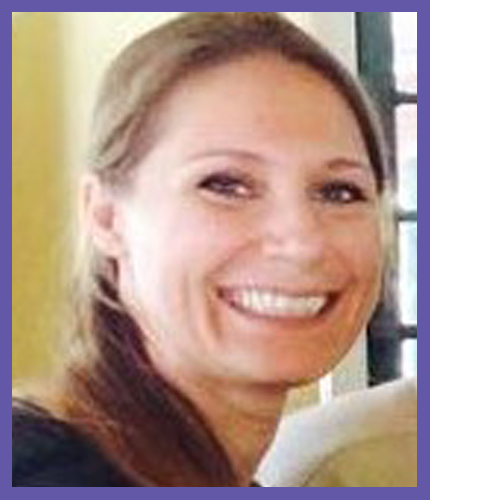
|
Jessica Tate view bio | back to agenda
Principal Investigator, Science & Technology, Pharma Services, Viral Vector Services, Thermo Fisher Scientific
Rethinking Process Development Strategy to Support Commercialization of Viral Vectors
The manufacture of viral gene transfer vectors has largely been in support of early phase clinical trials, but as product candidates move to later development stages, demand is rapidly increasing for commercial grade vectors at a variety of scales. Decisions regarding vector design, manufacturing platform, product configuration, and regulatory strategy have an impact on timelines and resources, raw materials sourcing, and analytical testing. Developing a strategy that supports an efficient path to commercialization helps to bring these cutting-edge cell and gene therapies to patients in need. Efforts to harmonize strategies across the viral vector gene therapy industry will also decrease risk in the product and process development strategy and enable better characterized therapies. |
 |

|
Arun Tholudur view bio | back to agenda
Executive Director, Process Development, Amgen
Innovative Approaches and Solutions for Commercializing Novel Therapeutics: A Case Study
IMLYGIC®, approved in 2015, is the first and only approved viral therapy for the treatment of melanoma tumors in the US, Europe, Switzerland, and Australia. Commercializing this first-in-class therapeutic posed unique challenges across the CMC spectrum including process design and control strategy, manufacturing, regulatory, supply chain planning, and distribution logistics. In this talk, we will discuss some examples of approaches taken to address these challenges during initial licensure and as part of lifecycle management. These approaches can be leveraged for commercializing emerging modalities. |
 |

|
Celia M. Witten view bio | back to agenda
Deputy Director, Center for Biologics Evaluation and Research, United States Food and Drug Administration
FDA Perspectives on the Advancement of Cell and Gene Therapies
Cell and gene therapy is an area of tremendous progress and promise. These products have the potential to address diseases affecting large numbers of patients as well as diseases affecting one or a small group of individuals. The Center for Biologics Evaluation and Research (CBER) encourages sponsors to make use of applicable expedited programs at FDA, including the Regenerative Medicine Advance Therapy (RMAT) designation enacted as part of the 21st Century Cures Act in December 2016, as well as other programs that may be applicable. Addressing the manufacturing challenges is critical to furthering progress in this area. To facilitate early dialog in development, CBER has established the INTERACT program. Additionally, the CBER Advanced Technology Team (CATT) is available to discuss platforms for the production of products. Development of end to end solutions for key issues limiting the development and application of gene therapy for individual or very small numbers of patients is also an area of interest to CBER and may require a consortium of stakeholders for the promise of gene therapy for rare diseases to be fully realized. |
 |
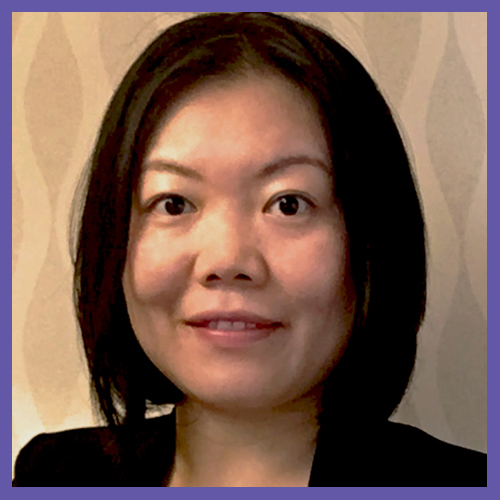
|
Chelsea Qiong Xue view bio | back to agenda
Head of Analytical Development for Cell Therapies, Takeda
Advancing Product Analytics for Cell Therapies
CAR T product has complicated composition and MOAs. As a result, analytical development for CAR T therapy has gone beyond traditional CMC focus and assumed responsibilities for product understanding and next generation product design. In this talk, we will review means to advance product analytics for cell therapies. |
 |

|
Vijay Yabannavar view bio | back to agenda
Executive Vice President of Manufacturing and Technical Operations, Gritstone Oncology
Viral Vector-based Heterologous Prime/Boost Immunotherapy Against HLA Class I-Predicted Neoantigens to Drive CD8 T-Cell Responses in Cancer Patients
The first pillar of Gritstone’s immunotherapy is accurately identifying tumor-specific neoantigens with EDGE, an artificial intelligence-based platform trained on extensive human tumor data. The second pillar is manufacturing potent immunotherapy products utilizing a patient’s tumor specific neoantigens to drive the immune system. Two-part heterologous prime-boost system utilizes a viral prime and a self-amplifying mRNA boost, which has been demonstrated in preclinical studies to educate T cells to detect target neoantigens and destroy tumor cells. Two types of clinical trials are under way. In GRANITE trial, personalized immunotherapy targeting neoantigens arising from patient-specific mutations is being tested. In SLATE trial, off-the-shelf immunotherapy targeting neoantigens that arise from driver mutations shared between selected patients is being tested. |
 |

|
Timothy Yu view bio | back to agenda
Attending Physician, Division of Genetics and Genomics, Boston Children’s Hospital
Patient-Customized Oligonucleotides and Genomic Medicine
Over 30 million patients in the United States live with a rare disease. Genome sequencing is revolutionizing their diagnosis, but 95% still lack effective therapy; given the diversity of diseases to tackle, creative frameworks will be necessary to address this gap. We will review our experience with the accelerated development of the patient-specific drug milasen as rescue therapy for a young girl suffering from vision loss, seizures, and neurologic regression. We will describe how arriving at a precise molecular diagnosis allowed us to design, test, and deploy a customized oligonucleotide drug to treat her. Implications of this work for other patients and prospects for further development of individualized genomic medicine for other orphan neurogenetic conditions will be discussed. |
 |
|
